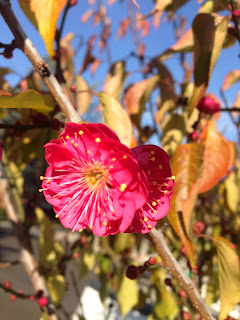 |
| Humorous Horticultural Writing from the library |
Niles Redwood Develops 'Flop'
Sequoia Giganticus Branches Grow in All Directions on Freakish Tree
"An occasional diversion of species into the "cuckoo class" seems a privilege given by Nature to other than human beings.
"At the gardens of the California Nursery Company in Niles a specimen of the Sequoia Gigantea, California's favorite wonder tree, has gone so completely "haywire" that it is given an extra nursery-Latin handle to describe it. This acquired adjective is Pendula, meaning to hang pensively.





























